MPLS | Multiprotocol Label Switching: Mastering IP Network Routing
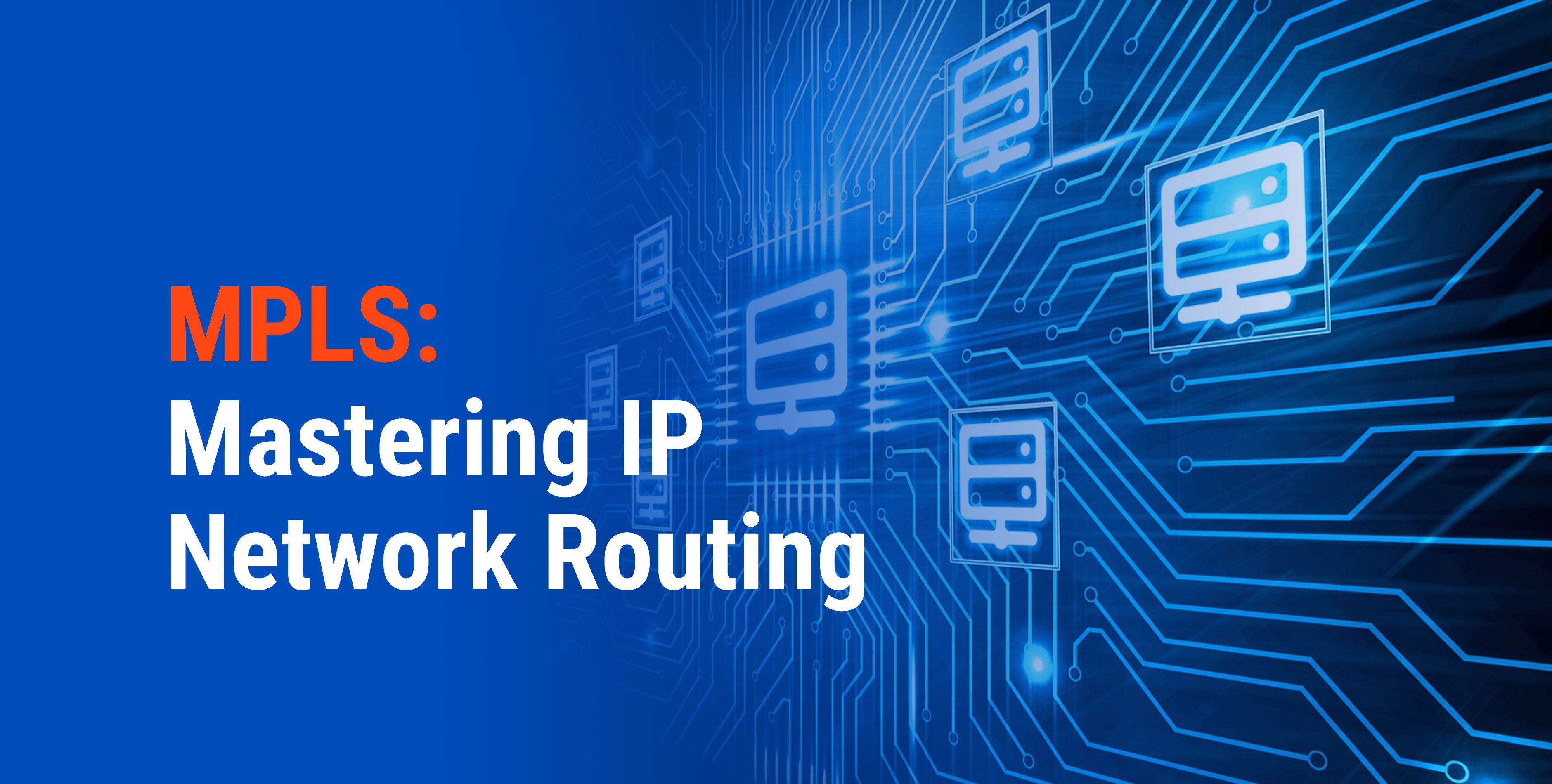
Multiprotocol Label Switching (MPLS) is a very critical technology that enhances network efficiency and performance. MPLS provides network administrators with increased traffic routing control within their networks. MPLS can enhance network speed, minimize latency, and ensure priority traffic is processed properly. This post will explain you how MPLS works and where it’s being used.
Understanding MPLS Technology
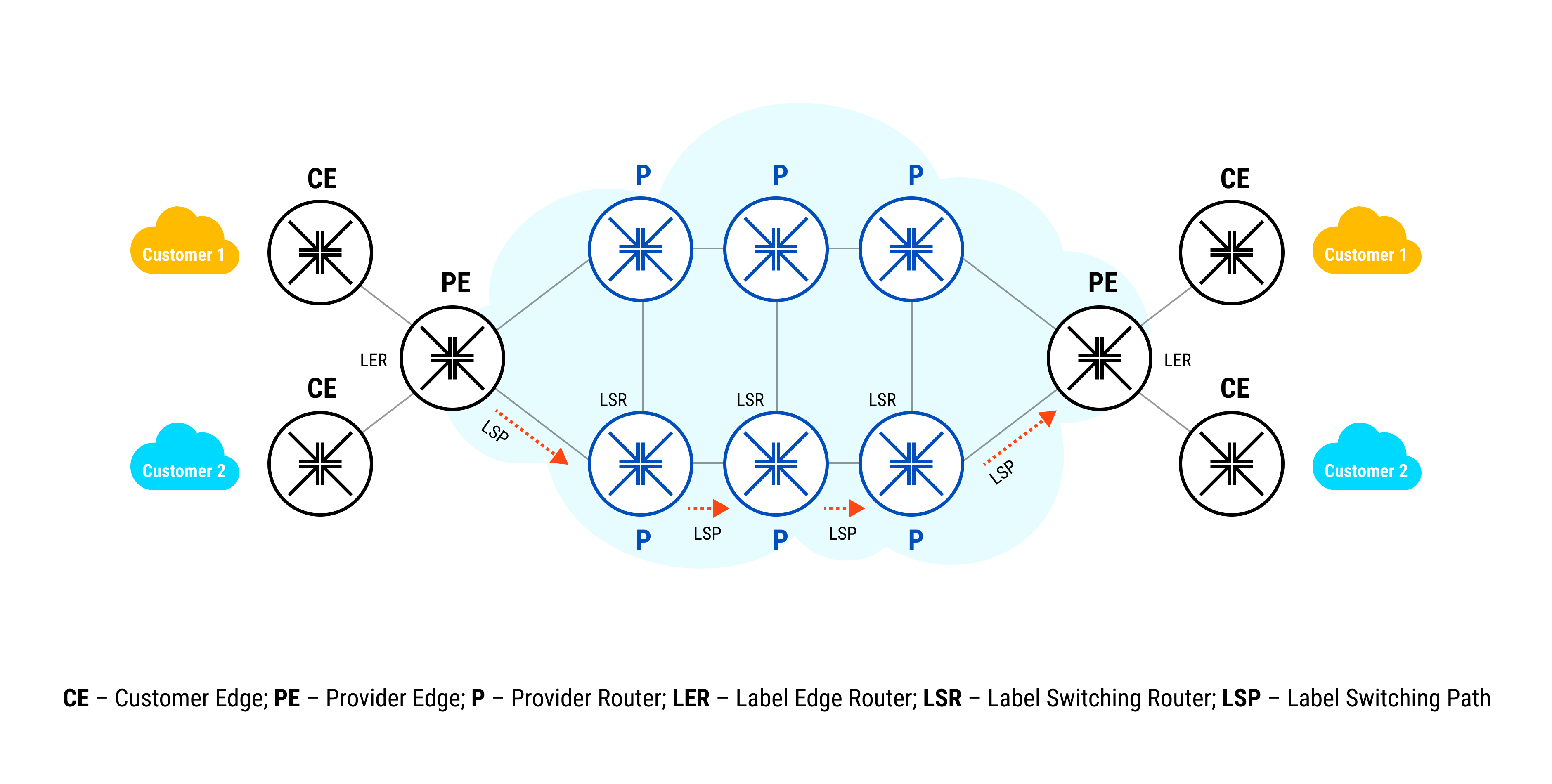
Networks often fail. Video calls become unresponsive in meetings. This happens to many companies.
Yet some of these companies don’t face these issues. These companies make use of MPLS technology, an abbreviation of Multiprotocol Label Switching.
All it does is change the way data moves over networks. Most successful businesses deploy it for good causes.
What Makes MPLS Networks Unique
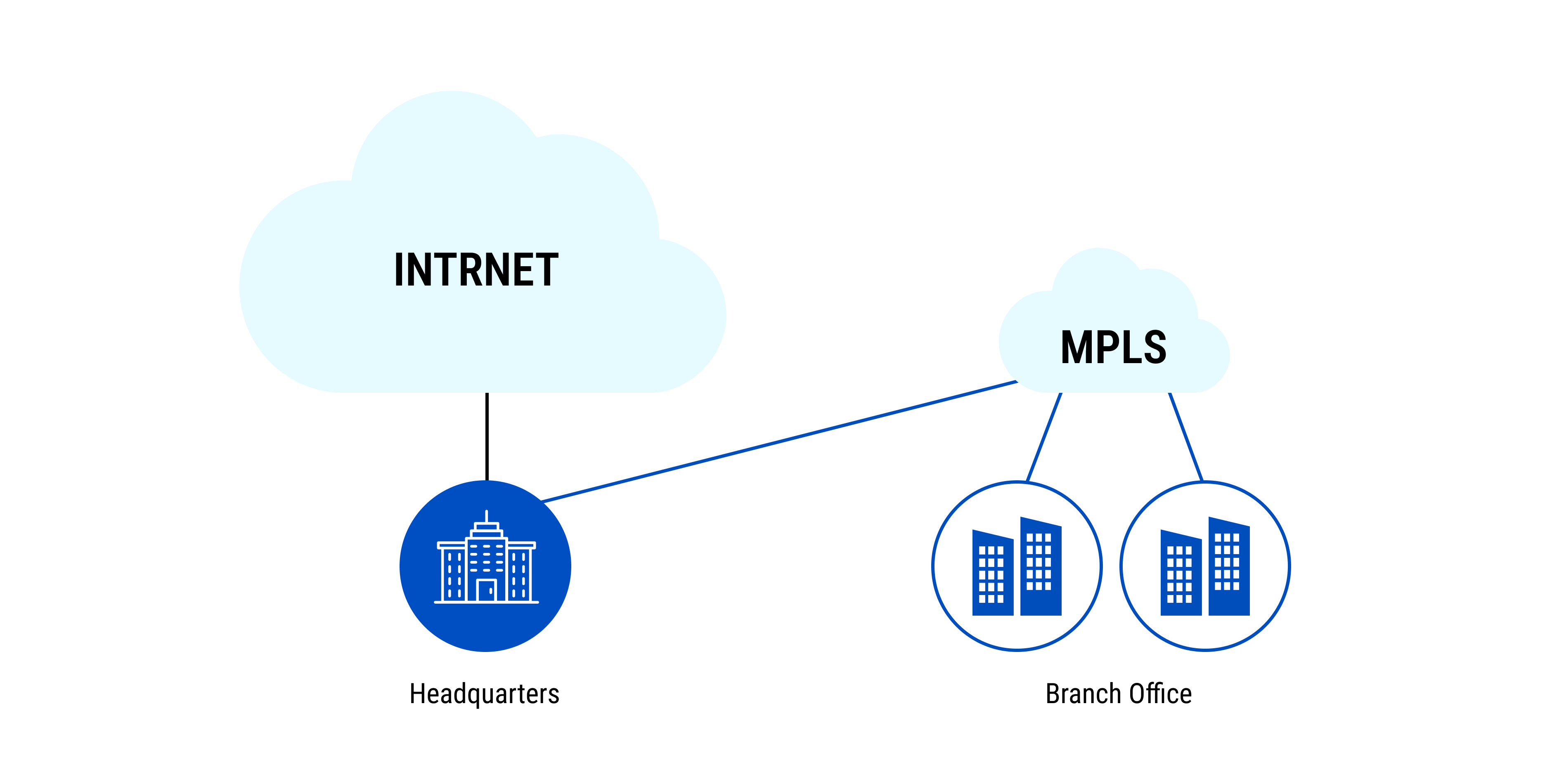
Traditional routing is inherently slow. Any single router must check the entire address of each data packet before deciding where it belongs. This process is very slow.
How MPLS works: when data is received by the network, it gets a small label. Routers can identify only this label, not the whole address. This increases speed dramatically.
The label is simple. Just 32 bits of information. But it tells routers everything they need. Where to send data. How important it is.
Why “multiprotocol”? Because MPLS works with any data type. Old systems, new systems – doesn’t matter. One network handles everything.
The overall structure is such that edge routers label the received data packets. Core switches process these and make efficient transmission of the data. Distribution protocols control the flow of information. Batches of identical data move together.
The main benefit is speed. MPLS can handle one million packets per second, an improvement that is far better than older methods.
Practical Real-World Results
A manufacturing company contacted IPTP Networks recently. Their system between factories was failing. Orders were late. Production stopped often. They lost money daily.
After six weeks with MPLS, transaction times dropped 70%. Production worked smoothly. Invoices processed immediately. Real improvements. Real savings.
How MPLS Services Upgrades Networks
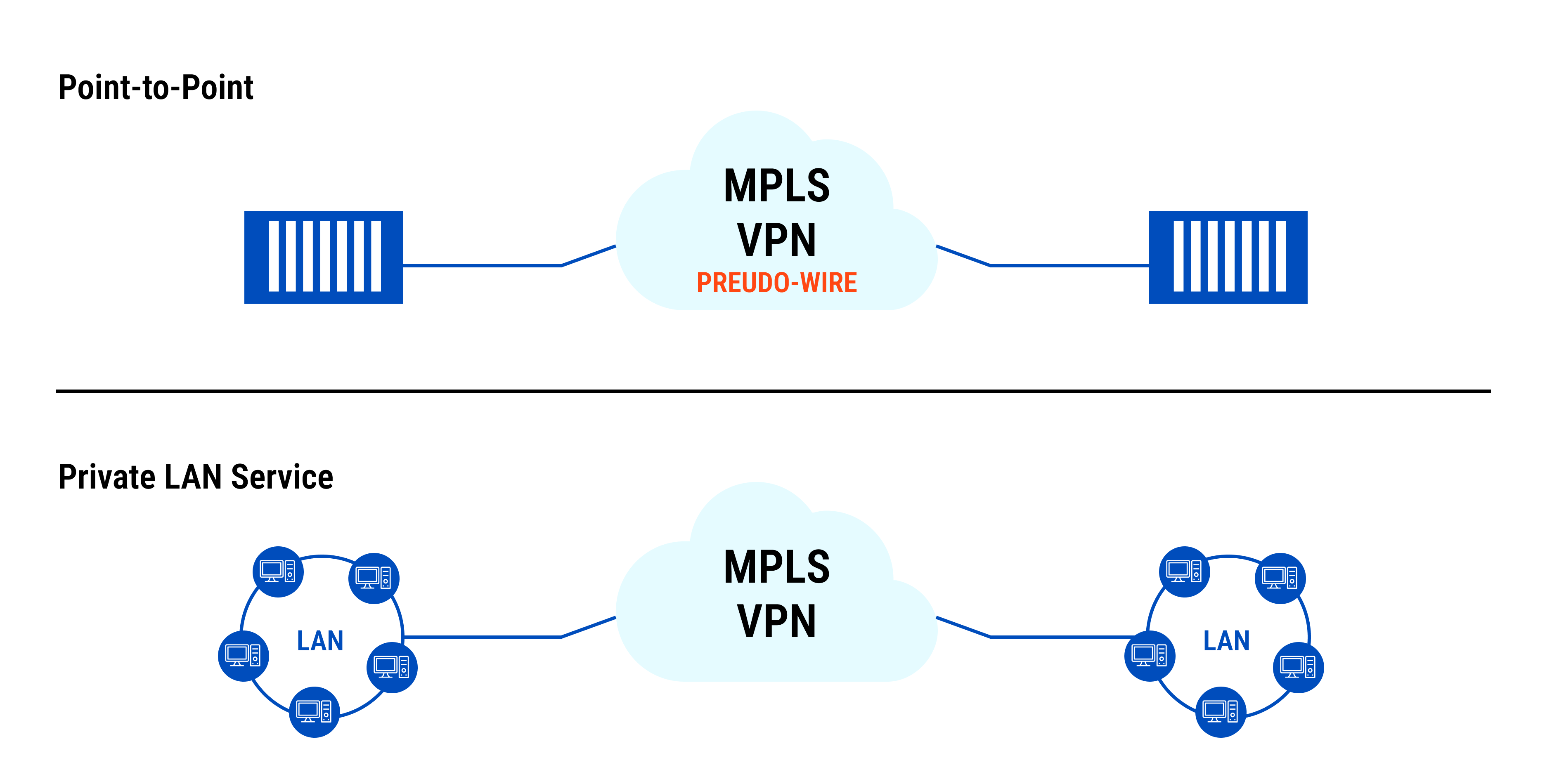
Today’s network faces big challenges. Users expect fast responses. Applications need a lot of bandwidth. Security threats continue to increase in frequency.
MPLS solutions solve these problems effectively.
MPLS in Today’s Organizations
MPLS creates private data transmission lanes. Your data travels over dedicated lanes. It doesn’t go over the public internet.
IT administrators notice immediate improvements after migration. VPN connections show better performance. Cloud-based applications are more responsive. Video conferences run smoothly without any lag.
IPTP Networks helps many companies make this transition. They support where the public internet is not enough. Applications operate slower. Users then become unhappy and start switching for better alternatives causing operational losses.
The solutions include several options. Cloud Connect avoids internet problems. EoMPLS Pseudowire extends networks globally. Low Latency Routes provide maximum speed. IPLC and EPL/IEPL create private connections.
Advantages of MPLS
Reliable Performance: Critical operations always take precedence. Video calls don’t disrupt downloads. Updates of the database take place quietly. The network functions autonomously.
Better Security: MPLS separates each customer’s data. Your information travels in isolation. Others cannot access it. Add encryption for extra protection if needed.
Effortless Expansion: Expanding into new offices is easy. Traditional networks need weeks for configuration. MPLS has links established quickly. New sites can be easily integrated.
Smart Traffic Management: The network knows which data is important. Voice calls go first. Emails wait. Critical updates get priority. All IS automatic.
MPLS Configuration and Framework
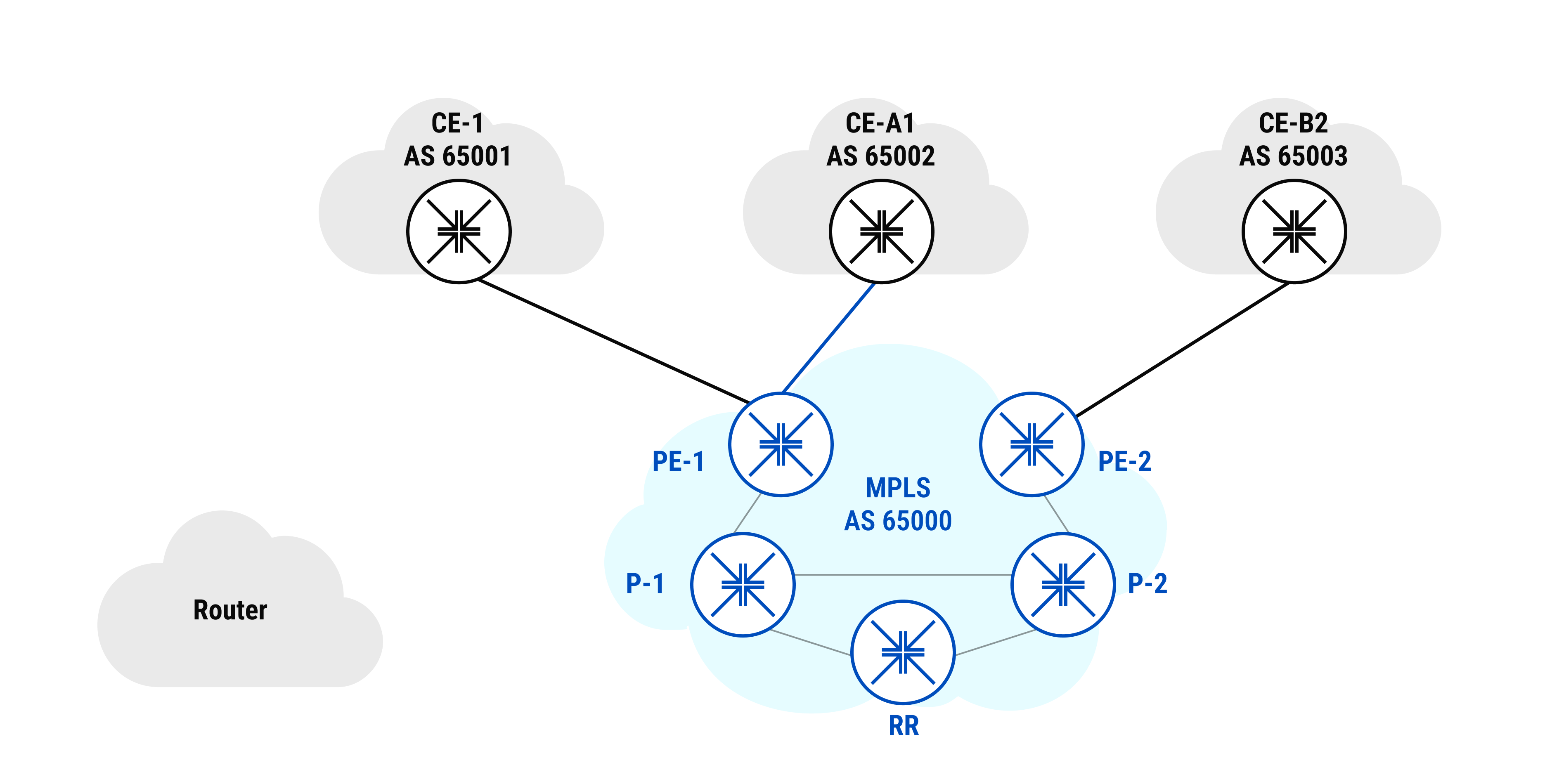
Technical Setup
Data enters the network. The first router examines it. Assigns a category. Adds a label. Very fast process.
The label has four parts. 20 bits for destination. 3 bits for priority. 1 bit for checking additional labels. 8 bits to prevent loops. Simple but effective.
Traditional routers read full addresses at every stop. It takes time. MPLS routers just check labels. Forward immediately. Big difference in speed.
Contemporary routers work largely independently. Priorities are set by network staff. The system deals with the difficulties.
Combination with Alternative Technologies
MPLS and SD-WAN work well together.
MPLS guarantees performance. SD-WAN makes it flexible. So use both. Critical applications on MPLS. Regular traffic on SD-WAN. Smart approach.
IPTP Networks builds combined networks often. The SD-WAN Enabler service connects both technologies. Customers get reliability and save money.
Many companies reduce costs 40% this way. MPLS for voice and critical apps. SD-WAN for browsing and backups. Good performance. Lower bills.
Important Considerations
Before starting MPLS, consider these points.
Your provider needs infrastructure everywhere you work. IPTP Networks operates globally. Amsterdam to Lima. Consistent quality worldwide.
Too little means upgrades. Too much wastes money. IPTP Networks analyzes your traffic. Find the right balance.
Email can wait milliseconds. Payment systems cannot. Understand each application’s requirements. Design accordingly.
MPLS costs more initially. Calculate downtime costs too. Lost productivity. Unhappy customers. MPLS often saves money overall.
Redesign Your Network
Twenty years of experience proves one inescapable conclusion: network performance equals business performance.
Slow applications reduce productivity. Bad connections lose customers. Security problems damage companies.
IPTP Networks provides better solutions. Tier-1 network. Own infrastructure completely.
Global data centers. IP transit to complex MPLS. One team handles everything. Clear billing.
Engineers make the difference. Decades of experience. Real problems, real solutions. Clear explanations. Practical designs that work.
Whether it is three offices or three hundred, IPTP Networks builds reliable infrastructure.
Avoid network problems. Provide infrastructure that can accommodate expansion.
Request a quote now.
Common Questions
MPLS provides dedicated paths. Guaranteed speed. Fixed latency. When IPTP Networks promises 50ms latency, that’s what happens. Every time.
The contracts also offer tangible guarantees. IPTP manages the whole network. Infrastructure isn’t shared. Performance is always predictable.
Companies say the difference is huge. Applications work instantly. Video calls don’t freeze. Big improvement.
MPLS cloud connectivity fixes this. Build private connections to cloud data centers. No public internet. Better speed. Higher reliability.
IPTP Networks’ Cloud Connect helps companies significantly. One financial company reduced latency 80%. Cloud applications felt local. Traders stopped complaining.
Setup is straightforward. MPLS circuits connect to cloud providers. Traffic uses private networks completely. Simple. Effective.
MPLS fits when network problems cost money. When applications affect revenue. When average isn’t enough. IPTP Networks helps evaluate your needs.
EPL gives maximum speed between two points. Perfect for data center connections. Full bandwidth. No sharing. Consistent performance.
MPLS connects multiple locations efficiently. London to Tokyo, Sydney, New York. One network. No separate circuits needed. Traffic optimization included.
Many choose both. IPTP Networks designs combined solutions. EPL for backbone connections. MPLS for site connectivity. Each serves its purpose.
Setup starts with physical connection. Then configuration begins. Virtual routing for isolation. Quality settings for different traffic types. Optimal paths created.
IPTP Networks handles everything. Surveys, installation, testing. Equipment ready in major cities helps speed delivery.
Networks are re-engineered. Requirements are increasing. IPTP configurations support expandability.
